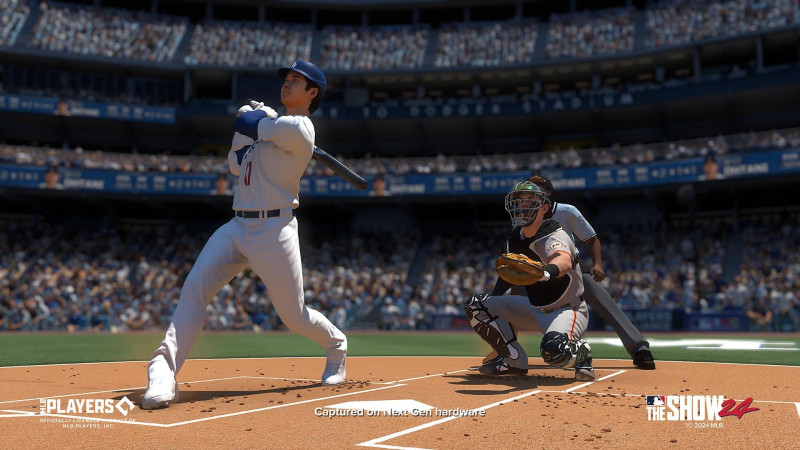
Reviewed on: PlayStation 5
Platform: PlayStation 5, Xbox Series X/S, PlayStation 4, Xbox One, Switch
Publisher: PlayStation Studios, MLB
Developer: Sony Interactive Entertainment San Diego Studio
Release:
Rating: Everyone
MLB The Show’s commitment to nuance, iteration, and diversity is what sets it apart. Since the long-running series arrived on Xbox in 2021, the baseball sim has recontextualized sports games – emphasizing the purpose of communities while fitting in new features like Pinpoint Pitching, custom stadiums, and online ranked co-op. The Show 23 pushed the bar further with Storylines: The Negro Leagues, an interactive museum that detailed eight stars of baseball’s segregated past. This year’s iteration mirrors it with new Storyline episodes, a 60-minute tribute to Yankee legend Derek Jeter, and an original RTTS narrative where “Women Pave Their Way.” While it isn’t a hyper-creative leap forward, MLB The Show 24 finds a new swing by tethering style and strategy to baseball’s fundamentals.
MLB The Show 24’s gameplay is almost identical to The Show 23 – complete with 23’s quirks (Break Outlier, Pick Off Artist), throwing interfaces, swing feedback, and updates to attributes that associate the clutch attribute with RISP. There are 400 new animations in 24, plus logic improvements, new base sizes, and “Impact Plays” that add major league realism to defensive assists. However, it lacks an innovative change to a hitting and pitching engine we’ve seen in past entries. The new face and hair details are a sight to behold when Bryce Harper and Fernando Tatis Jr. are bat-flipping home runs next to cherry-kissed skies, but the immersion breaks when a star player drops a pop fly, misses routine grounders at third, or “soft tosses” a double play ball in extra innings. The Show 24’s updated lighting system provides a sharper, detailed look at the diamonds across Major League Baseball, and it takes advantage of a boost in exit velocities. This shift makes it easier to hit the ball in Petco Park, Chase Field, and Kauffman Stadium, all of which were problematic in past entries.
As expected, Storylines: Season Two is a delight. The docuseries, narrated by Negro Leagues Baseball Museum President Bob Kendrick, stands by the NLBM’s mission to “educate, enlighten, and inspire,” and it continues to combine archival footage, gameplay-driven scenarios, and personal anecdotes to illustrate why baseball is the most romanticized sport on Earth. The new season introduces 10 new Negro League heroes, with four episodes available at launch – reducing the initial runtime to institute a more immersive environment for Kendrick’s narrations.
And it doesn’t miss. Season Two embraces the Negro Leagues’ revered architects, highlighting how the introduction of “night baseball” in the 1930s led to the discovery of a phenom known as Josh “The Black Babe Ruth” Gibson. It recalls how Walter “Buck” Leonard was a thinking man’s player and a fixture for Pittsburgh’s Homestead Greys; how Henry “The Hammer” Aaron started his career with the 1952 Indianapolis Clowns as a “skinny, cross-handed hitting” shortstop; and how Toni “The Trailblazer” Stone learned how to play with the fellas before becoming the first of three pioneering women to play professional ball. All four narratives are accompanied by iconic moments – such as recreating Stone’s single against the immortal Satchel Paige and hitting a home run with Aaron and the Milwaukee Braves in Sportsman’s Park – and it never once feels overly dramatized. Instead, every photograph, audio excerpt, and subtle ode to Pennsylvania’s Greenlee Field and Newark’s Ruppert Stadium is an organic lesson in American history. Bold and full of soul thanks to scores by Stevie Wonder, Marlena Shaw, and A Tribe Called Quest.
That attention to detail is also embedded in Storylines: Derek Jeter – a ‘90s-based spinoff mode that pays homage to “The Captain” and his New York Yankees-inflected path to baseball nobility. Much like Season Two, it’s a collection of career-defining, playable moments from 1995 to 2000, including his first career hit versus the Mariners in Seattle’s Kingdome, his famous “jump throw” from Game 1 of the 1998 American League Championship, and how the Yankees’ initial All-Star Game MVP drove the club past the New York Mets to seal a three-peat in the 2000 World Series. It’s not the most compelling narrative, particularly if you’re a fan of the Yankees’ rivals, but thanks to San Diego Studio’s Live Content team, it does offer a surplus of in-game rewards, including Atlanta’s 2000 All-Star Game uniforms and Subway Series player items for Diamond Dynasty.
There’s also an interactive subway map, complete with graffiti, billboards, and “New York-isms", that provides a snapshot of the city and a fan base with high expectations, but it’s difficult not to imagine Storylines being a distinctive voice for pockets of culture that are less commercialized.
Other modes like Franchise and March To October have been largely untouched – pairing The Show 23’s amateur scouting system, postseason formats, and “Ohtani Rule” with custom game conditions and Prospect Promotion Incentive (PPI). Road To The Show is directly tied to the Draft Combine, a four-day event where hitting, pitching, and fielding is graded to provide an accurate projection for attributes, comparisons, and club interest for the MLB Draft. It provides explanations for multiple ballplayer archetypes and their position’s focus, but the core narrative lacks creative ingenuity that goes beyond dated minigames and dialogue systems. Especially when it reaffirms what the community already knows: RTTS is for ‘80s mullets and XP bugs.
“Women Pave Their Way” is a fresh addition that alters the Road To The Show formula in new and exciting ways because it presents an atypical narrative about breaking barriers in baseball. It’s a unique pivot, led by narrative designer Mollie Braley and USA Baseball’s Kelsie Whitmore, and it’s one that promotes awareness of the women who play baseball and that other aspiring athletes are capable of competing at multiple levels. It sounds like “marketing jazz,” but Braley and SDS use pre-recorded video content with MLB Network’s Robert Flores, Lauren Shehadi, Dan O’Dowd, Melanie Newman, and Carlos Peña to stress the physical and mental adversity that is attached to carving a path in minor-league systems. They don’t sugarcoat anxieties or rewrite old baseball traditions; their intention is to inspire new and returning players to chase their lifelong dreams, and it’s a vision that gets its own full circle moment when MLB.com’s Sarah Langs starts detailing RPMs and spin rates.
With the exit velocities, Diamond Dynasty is off to its best start in years. The Show 24 alters 23’s Ultimate Team concepts to reintroduce “Seasons 2.0” – an expansion on “Sets & Seasons” that ditches 99 OVR player items on Day One for a traditional power creep, multiple Wild Card slots, monthly Team Affinity drops, and reward paths that differentiate Ranked, Events, and Conquest. There are Cornerstone Captains that implement seasonal archetypes for team building and new Team Captains that add comparable boosts to hitting and pitching attributes for all 30 MLB clubs – solely to create hypotheticals like Yankees vs Dodgers, Cubs vs Phillies, and Rays vs Padres. There are still microtransactions, sure, but The Show’s monetization policies are less iniquitous than Madden NFL, FIFA, and NBA 2K’s practices because they rarely “gatekeep” limited drops when there are hundreds of diamond player items “sitting at home.” Diamond Dynasty is still in need of a visual overhaul, a Custom Practice mode, a new uniform creation system, and more unique customization options that tap into collaborations with Sanford Greene, King Saladeen, and Takashi Okazaki, but listening to a community’s input is a start – especially if it continues.
MLB The Show 24 doesn’t hit it out of the park at every at-bat, but it doesn’t have to. The series is in the middle of an experimental phase that’s trying to mitigate its perpetual “online vs. offline” war. Despite a clear lack of innovation in mechanics, it has still found a way to impress, inspire, and engage with a younger generation that shares an interest in history. The Show’s art team is second to none, its OST shuffles Eladio Carrion, IDLES, Flowdan, and Brittany Howard with the grace of a 2 Chainz verse, and its “Grind 99” mantra has been edited to be a modern ideology – “play however and whenever.” It’s why Diamond Dynasty is the best take on Ultimate Team in terms of approachability and competition and why The Show 24 hopes to reignite annual titles through personalization. As the great Toni Stone once implied: “Get you one ‘cause I got mine.”
Score: 8.5
About Game Informer's review system
PurchaseSource: Game Informer
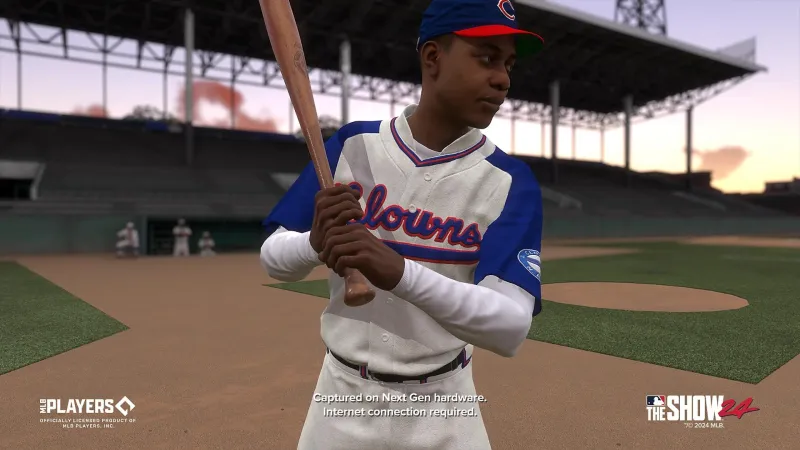

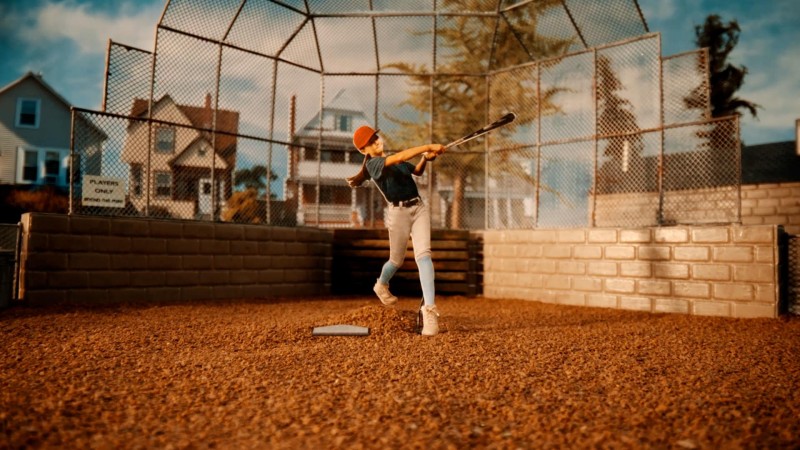
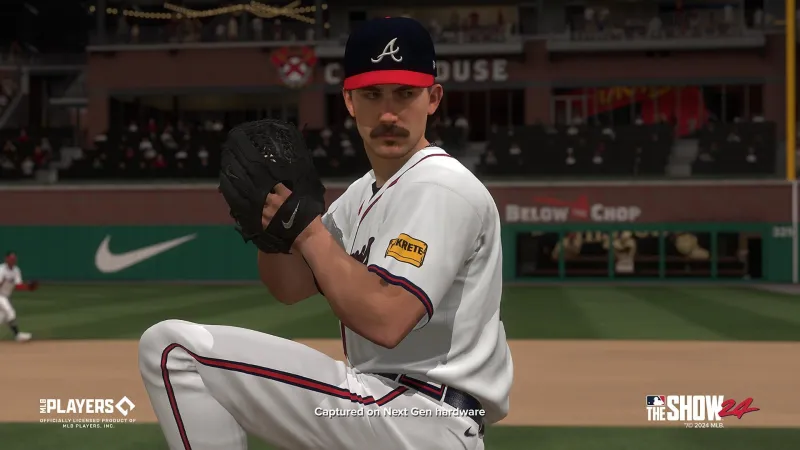
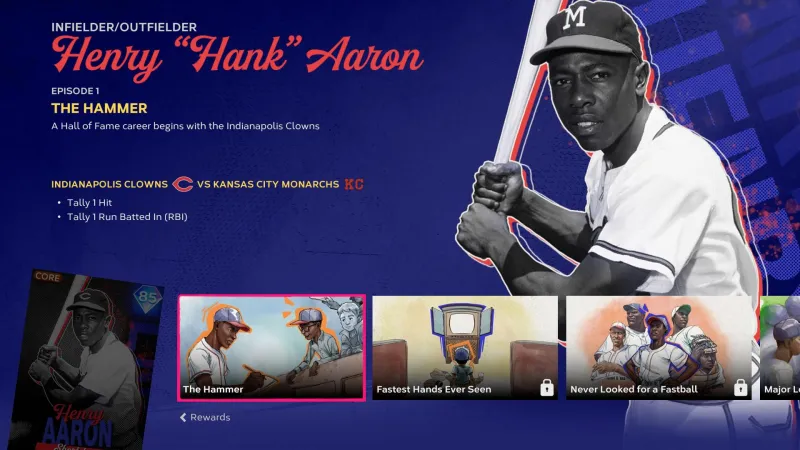
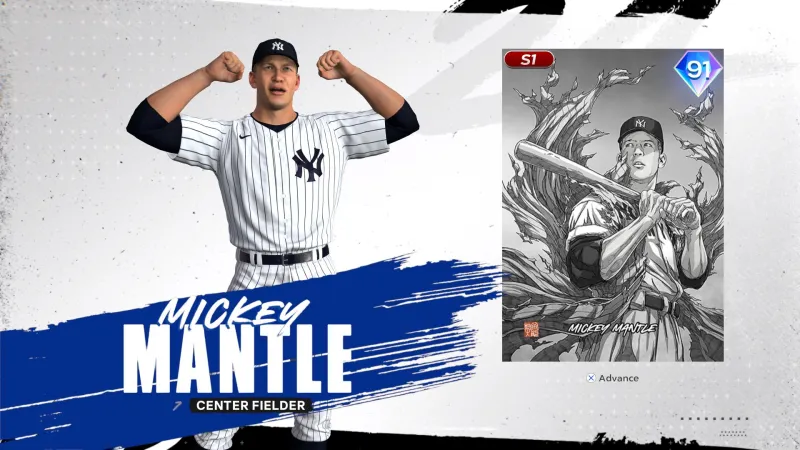
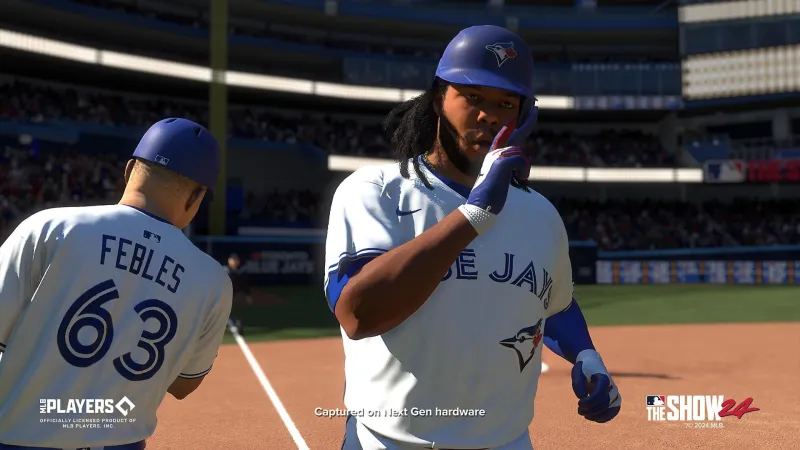
Comments
Post a Comment